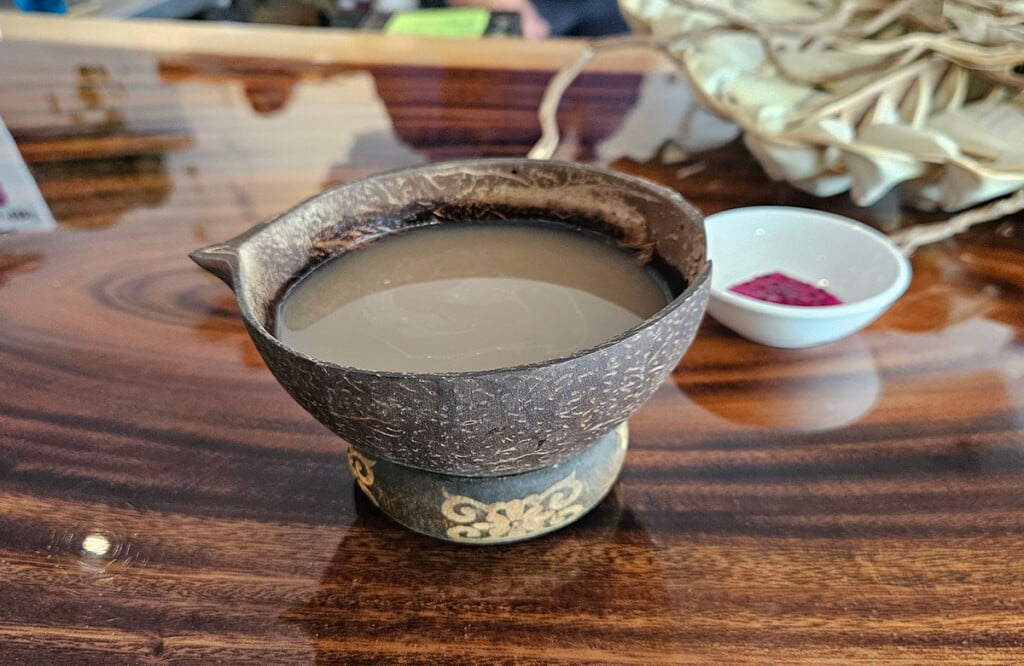Education Cheat Sheet: Project-Based Learning
Why students school work is now about solving real-world problems.

Photo: Thinkstock
Editor’s Note: When I was in school, learning was largely about the destination. Could I get the correct answer by traveling the correct path? For our kids, the journey has become an essential part of the process. As a parent, trying to understand the different styles of learning has been a challenge that has sent me to the internet multiple times. And I still wasn’t quite sure I understood the concepts I researched. The Hawai‘i Association of Independent Schools will act as our translator. We start by tackling the idea of Project-Based Learning. Nathaniel Evslin from Island School explains.
Project-based learning may be a new buzzword, but it isn’t a new idea. John Dewey, a well-regarded 19th century educator first said, “The teacher is not in the school to impose certain ideas or to form certain habits in the child, but is there as a member of the community to select the influences which shall affect the child and to assist him in properly responding to these.” With the advances of technology over the last 10 years, project-based learning has transitioned from a school audience to a worldwide audience.
What sets project-based learning apart from a regular “class project” is that the project becomes the key to the learning. Students are invested in the project because it is a real-world problem and they must find the solution. It should also be a project that has meaning for them. Then they must learn fundamental concepts to complete it. One important way to get students invested is to make sure they have a wide audience to share the final results with. If the teacher is the only one to see their work, it can be hard to motivate the students.
The first stop for most students is the Internet. Project-based learning often uses the Internet to bring a lesson to life by connecting a student to an expert, allowing them to chat with others facing the same problem, or simply doing research. Modern-day technology not only gives students access to all of humanities’ information, but also connects them to peers from around the world.
As a teacher, the hardest part about attempting project-based learning is that you are no longer the content expert. You have to be okay with taking the backseat to your students’ learning. You are there as a guide, as they become the content experts. In Island School’s project-based learning class on sustainability, students have the opportunity to work with community experts on their projects. Examples of culminating projects have included creating short films, starting a non-profit, designing videogames, drafting legislation for a Styrofoam ban on Kaua‘i, becoming a certified yoga instructor, collecting data on coral bleaching on local beaches, designing a website for a local business, and building a makerspace for our school. If done with the right amount of preparation and guidance, the learning experience for the student can be amazing.
Parent Homework: Project-based learning can happen at home too! The first step is to have your child identify a real-world problem around your house or neighborhood. Have them research the problem, come up with different solutions and then put them in contact with an expert within the field for guidance. Once completed, your child can feel proud that they did something for their immediate community and maybe even created something that will leave a lasting impact.
Nathaniel Evslin is the Technology Coordinator for Island School in Lihue, Kaua‘i. He is also president-elect of the board of the Hawai‘i Society for Technology in Education. Want to know more? You can email him at nathaniele@ischool.org.
Education Cheat Sheet is a collaboration between HONOLULU Family magazine and Hawai‘i Association of Independent Schools to help Hawaii parents understand the educational trends and terminology in today’s classrooms. You can find a new column on honolulufamily.com every third Monday of the month. Click here to read more.








